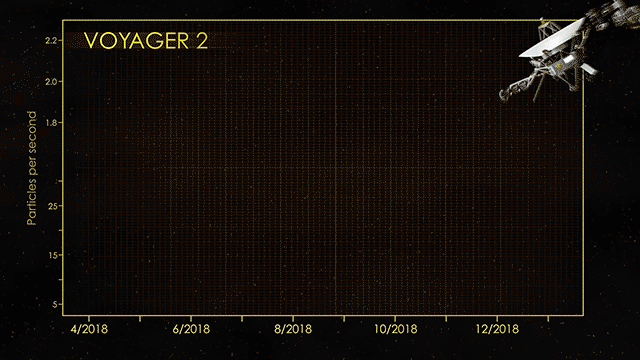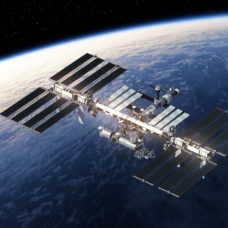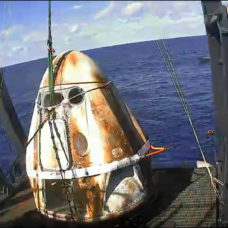Over four decades since its launch, NASA has confirmed that the Voyager 2 spacecraft has finally entered interstellar space.
NASA launched the Voyager 2 spacecraft on August 20th, 1977, two weeks ahead of its twin space probe, Voyager 1. The probe was part of the US space agency’s Voyager Program which aims to study the planets on the outer regions of the Solar System. Its trajectory has sent it in a longer path towards Jupiter and Saturn.
Voyager 2 reached Jupiter in 1979, followed by Saturn in 1981, and Uranus in 1986. Its mission to explore the distant icy worlds of our star system ended when it reached Neptune in 1989. It is the only spacecraft to have visited and studied these ice giants.
To date, the Voyager 2 spacecraft is on an extended mission to explore the outer reaches of the Solar System. The faint signals its old instruments are continuously sending are being picked up by the Deep Space Network.
Read More: Voyager 1 Fires its Dormant Thrusters for the First Time After 37 Years
Voyager 2 Spacecraft’s Entry into Interstellar Space
NASA announced yesterday that the space probe has left the heliosphere and officially entered interstellar space on November 5th, five years after Voyager 1. The spacecraft is now a little over 11 billion miles away from Earth and has already begun sending measurements of interstellar plasma density and temperature.
However, at that distance and travel speeds of more than 34,000 mph, messages from the spacecraft take about 16.5 hours to reach Earth. According to NASA, the most gripping evidence that the Voyager 2 space probe has left the heliosphere was sent by the Plasma Science Experiment. The same instrument onboard the Voyager 1 had stopped working long before it crossed the heliopause.

“I think we’re all happy and relieved that the Voyager probes have both operated long enough to make it past this milestone. This is what we’ve all been waiting for. Now we’re looking forward to what we’ll be able to learn from having both probes outside the heliopause,” Suzanne Dodd, Project Manager of the Voyager Program at NASA’s Jet Propulsion Laboratory, said in a statement.
The Voyager 2 may have entered interstellar space, but it still hasn’t left the Solar System. It has yet to pass the boundary of our star system — the Oort Cloud, a collection of small objects still influenced by the gravitational pull of the Sun.
The space agency reported that it would take Voyager 2 around three centuries to reach the inner edge of the Oort Cloud and another 30 millennia (30,000 years) to travel through it.



















Comments (0)
Most Recent